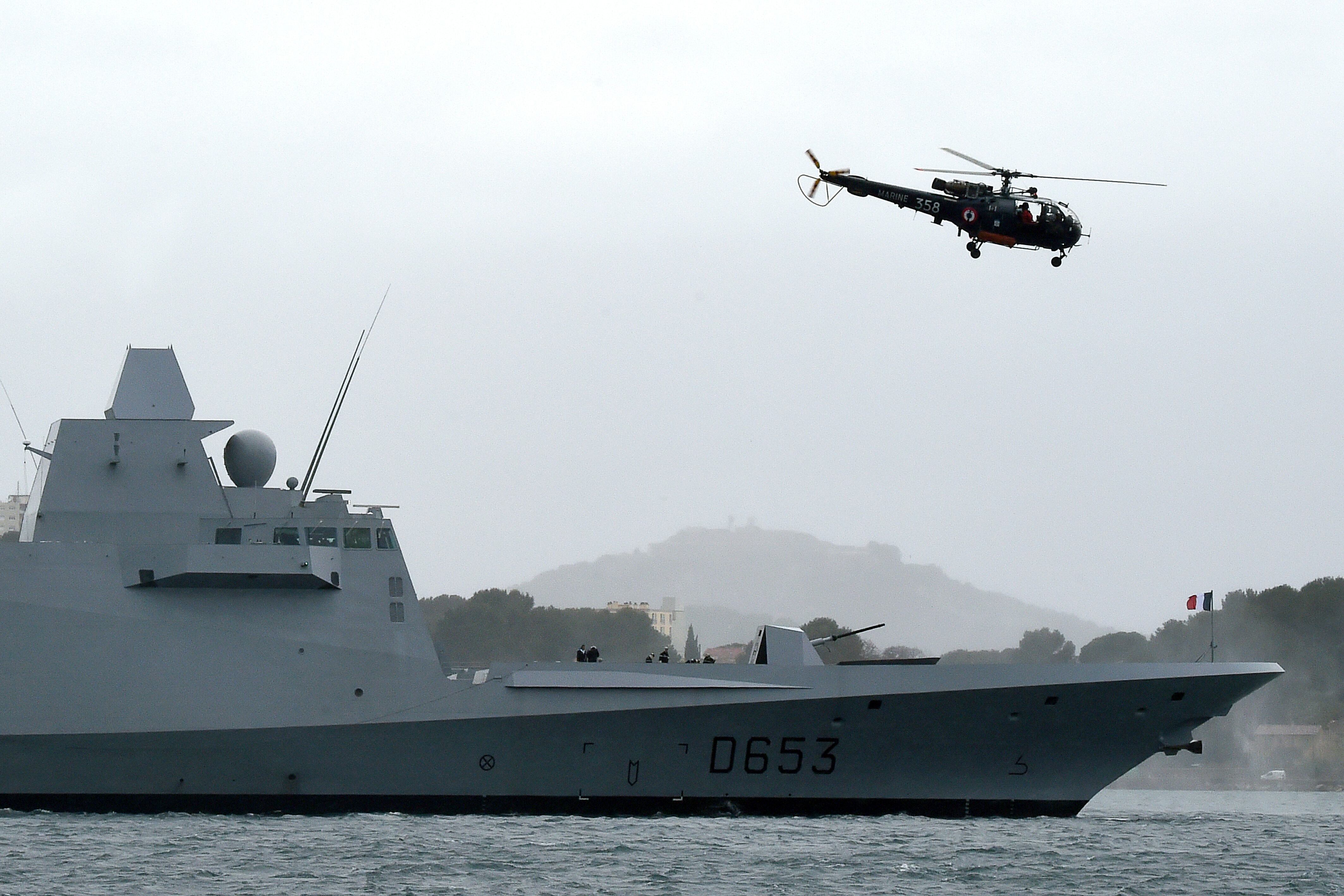WASHINGTON — The U.S. Navy has selected the Norwegian Naval Strike Missile as its new over-the-horizon anti-ship missile destined for the littoral combat ship and likely the service’s future frigate as well.
The NSM, which was a joint submission between Kongsberg and Raytheon, was widely expected to win the competition after its main competitors — Boeing’s extended range Harpoon and Lockheed Martin’s Long-Range Anti-Ship Missile — dropped from contention. Both companies felt the competition was skewed towards the Raytheon/Kongsberg offering, Defense News reported last May.
The introduction of the NSM to the fleet breaks the venerable Harpoon’s decades-long lock on the surface over-the-horizon mission and is a huge boost to Kongsberg’s ambitions in the U.S. market.
The initial contract is listed at about $14.86 million but it could grow to as much as $848 million over the life of the contract.
It positions the missile well as the market for surface-to-surface missiles is expected to increase in the coming years, said Oeyvind Kolset with Kongsberg’s missile systems outfit. Many of the word’s anti-ship missiles are coming to the end of their service lives and the selection of the missile by the U.S. Navy bodes well for future sales, Kolset said.
It is also a major victory for the European defense industry, which is seeing increasing interest from the U.S. Navy as it races to fill capabilities gaps in the face of competition with Russia and China.
RELATED

In a conference call, Raytheon’s head of the Naval Strike Missile, Joint Strike Missile and Tomahawk programs said that his company was anxious to get started and that conversations with the Navy on exact details of how and where the first NSMs will be integrated began Friday morning.
“We just started dialogue with the customer, this has been a long competition and we are just now having those initial conversations with the U.S. Navy,” Chris Daily said.
The Naval Strike Missile has a range of more than 100 nautical miles and has target-recognition capabilities that limit the need for another ship or aircraft to hold a track on the target.
In January, Rear Adm. Ronald Boxall, the chief of naval operations’ director of surface warfare, forecast that the competition would be wrapped up by summer and said the next step will be going after targeting at longer ranges.
The Navy is looking at a combination of manned aircraft, unmanned aircraft and submarines as potential partners in helping the surface Navy hold adversaries at risk at increasing ranges.
David B. Larter was the naval warfare reporter for Defense News.








